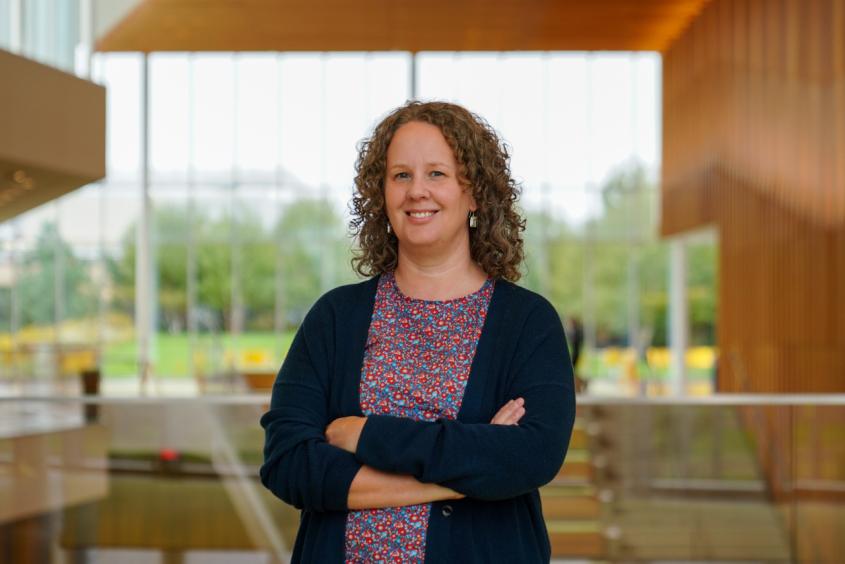New protein interaction might lead to new therapeutic strategy for multiple sclerosis
The protein IL-17 is a double-edged sword; produced by the immune system, it helps fight pathogens, but it can also drive harmful inflammation in people with autoimmune disease. Now, in a paper published in Science Signaling, researchers have discovered a new way that could control harmful IL-17 production, while leaving the rest of the cell machinery — needed for antiviral defense — intact.
T cells, a type of immune cell, produce the protein IL-17 which helps body surfaces like the skin and gut to fight pathogens. However, for those with autoimmune disease, T cells wrongly target proteins of their own body, which leads to excessive IL-17 production and inflammation. Existing therapies against IL-17 are helpful in some disease like psoriasis, but not in others, like multiple sclerosis.
To better understand how IL-17 gets made, and possibly find alternative therapeutic strategies, the research team led by Dr. Mandy McGeachy, associate professor in the Department of Microbiology and Immunology, investigated the molecular signals that control the IL-17 production line in human T cells. “We were interested in understanding whether there are alternative ways to target IL-17, especially in human T cells,” says McGeachy.
They were in luck; a close look at T cells showed a previously unknown link in the T cell’s IL-17 production line: The activation and interaction of enzyme PIP5K1a with protein ARS2, which sparked the translation of IL-17 mRNA to protein.
In multiple sclerosis patients’ blood cells, the team could block the production of IL-17 by inhibiting PIP5K1a. Crucially, they managed to block the excessive production of IL-17 proteins without affecting the abundance of other proteins that are produced by the same T cells, and that are still needed to fight pathogens.
“From a basic science point of view, we have uncovered some key players that determine how much of a specific immune protein is made from the mRNA,” says McGeachy. “The second part that I find exciting is the potential therapeutic opportunities of blocking this pathway to treat autoimmunity by repurposing inhibitors that are already being tested for cancer.”
As a next step, McGeachy wants to continue studying the molecules that determine the abundance of inflammatory proteins produced in T cells, like IL-17, and understand better the delicate balance that allows the immune system to defeat microbial invaders but prevents too much collateral damage to the body’s own tissues.
Written by Elodie Smith





